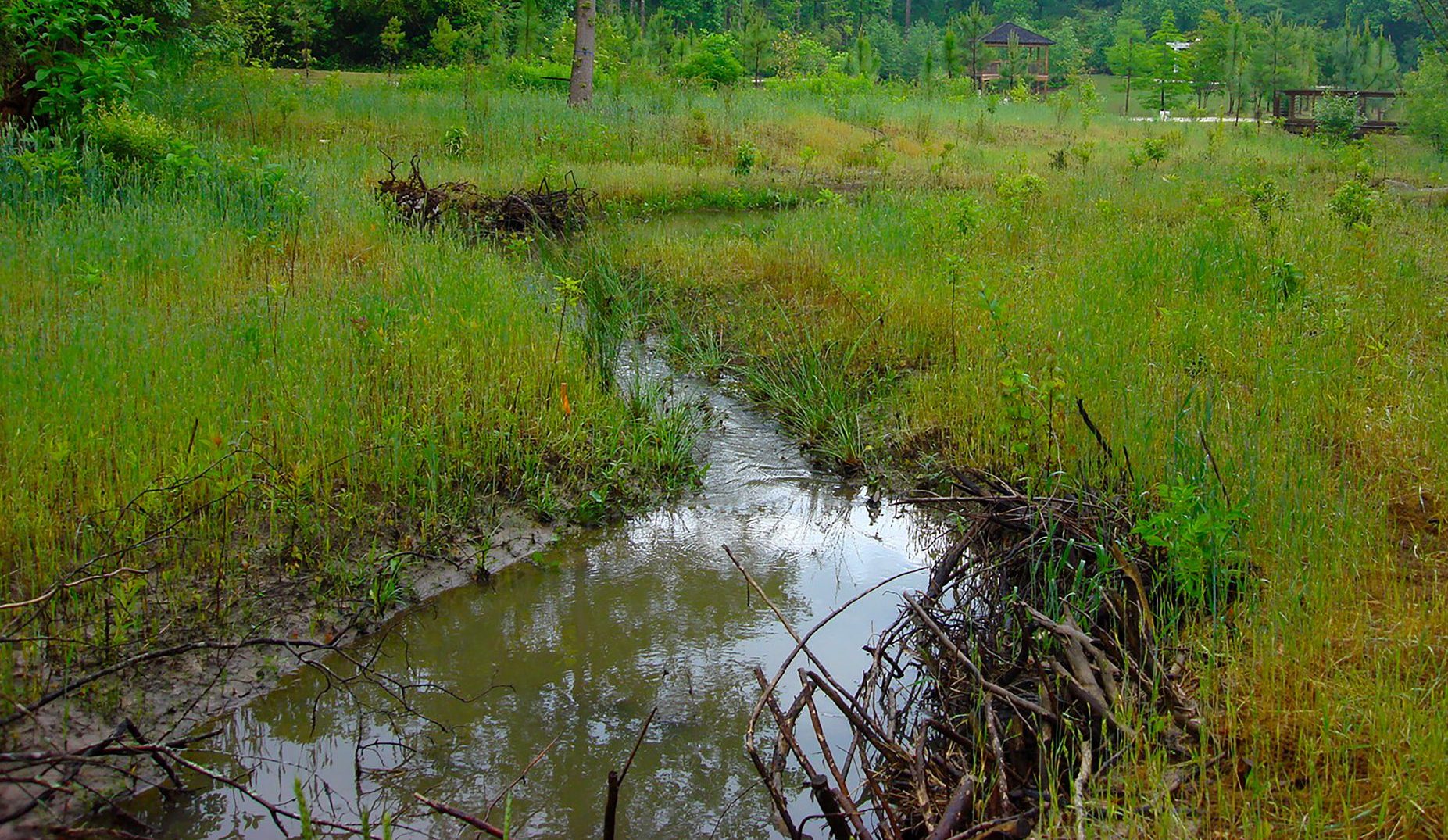Watershed Stewardship

When a body of water is impaired and placed on the 303(d) list, it is the responsibility of the state environmental agencies and concerned stakeholders to resolve the water quality problem(s) so that the waterbody can ultimately be removed from the list. The implementation phases of both a watershed management plan and a total maximum daily load outline specific activities referred to as best management practices (BMPs) that will be completed in the watershed to prevent or reduce pollution from nonpoint sources. These activities may include a wide range of efforts requiring the involvement of federal and state agencies, city and county governments, local businesses and industry, and individual citizens.
Nonpoint source pollution (NPS) is largely addressed in Alabama through education and the adoption of BMPs. BMPs are voluntary or required practices designed to lessen the environmental damage from nonpoint pollutant sources. These are effective, practical methods that prevent or reduce the movement of sediment, nutrients, pesticides, and other pollutants from the land to surface or groundwater, therefore protecting wildlife, air quality, water quality, and landscapes from potential adverse effects of human activities on the watershed.
There are two basic BMP strategies: structural and nonstructural. A structural BMP is one that intercepts pollution before it enters waterways by capturing, delaying, storing, or treating the runoff. A nonstructural BMP reduces NPS pollution through planning, improved design, management, and education. BMPs often are implemented by entities such as municipalities, soil and water conservation districts, and other academic and nonprofit organizations.
There frequently are opportunities for citizens to take part in projects that feature BMPs that individuals can implement in their own backyards. BMPs can be implemented by anyone, anywhere in a watershed; however, the types of BMPs implemented depend on the specific sources and types of pollutants that are causing the problem. For example, there are specific BMPs for both agricultural and urban areas.


